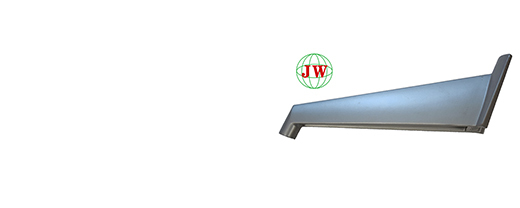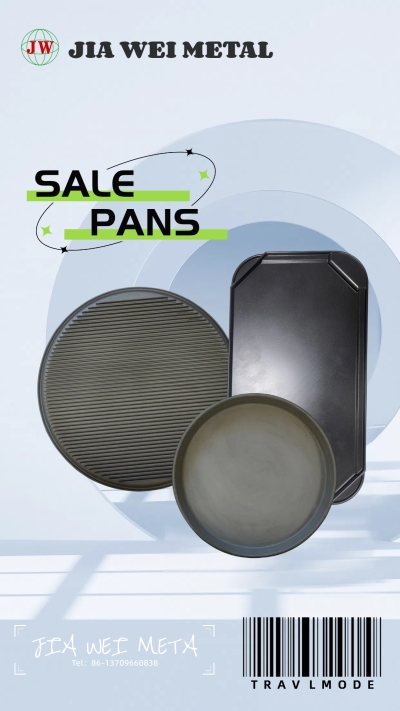
Revolutionizing Manufacturing: The Dynamic Landscape of the Die Casting Industry
2025-05-08 15:30
In the ever - evolving world of modern manufacturing, the die casting industry stands as a cornerstone, shaping the production of countless components that power diverse sectors. From automotive and aerospace to consumer electronics and medical devices, die-cast partshave become indispensable, offering a unique combination of precision, efficiency, and versatility. This industry is currently experiencing a period of significant transformation, driven by technological advancements, shifting market demands, and a growing focus on sustainability.
The Core of Die Casting Technology
At the heart of the die casting process lies the ability to produce high - quality metal components with exceptional precision and repeatability. The process involves injecting molten metal, typically aluminum, zinc, or magnesium alloys, under high pressure into a die, which is a reusable moldcarefully engineered to create complex shapes. High - pressure die casting (HPDC) is one of the most widely used methods, enabling the production of parts with thin walls, intricate details, and tight tolerances. This precision is crucial in industries such as automotive, where components need to fit together seamlessly to ensure optimal performance and safety.
Aluminum Alloys: The Dominant Force
Aluminum alloys have emerged as the material of choice for many die-casting applications, accounting for a significant portion of the industry's output. Their popularity stems from a range of advantageous properties. Aluminum is lightweight, which is highly desirable in sectors like automotive and aerospace, where reducing weight can enhance fuel efficiency and performance. It also boasts excellent corrosion resistance, thanks to the formation of a self - healing oxide layer on its surface. This makes aluminum die - cast parts suitable for both indoor and outdoor applications, from consumer electronics housings to automotive engine blocks and structural components.
Zinc Alloys: Precision and Cost - Effectiveness
Zinc alloys, on the other hand, offer their own set of unique benefits. Known for their low melting point, zinc alloys are highly malleable during the die - casting process, allowing for the creation of parts with extremely fine details and tight tolerances. They are commonly used in the production of small, intricate components such as connectors, hardware, and decorative items. Additionally, zinc die castings are often more cost - effective than their aluminum counterparts, making them an attractive option for manufacturers looking to balance quality and affordability, especially in the consumer goods industry.
Magnesium Alloys: Pushing the Boundaries
Magnesium alloys are rapidly gaining traction in the die - casting industry, particularly in applications where weight reduction is a top priority. As the lightest structural metal, magnesium offers an unrivaled strength - to - weight ratio. This makes it ideal for high - performance sectors like aerospace, where every ounce of weight saved can translate into significant cost savings and improved operational efficiency. However, working with magnesium alloys also presents challenges, such as their high reactivity and susceptibility to corrosion, which require specialized manufacturing techniques and protective surface treatments.
Technological Advancements Driving the Industry Forward
The die casting industry is witnessing a wave of technological innovation that is reshaping the way parts are designed, produced, and optimized. Computer - aided design (CAD) and computer - aided engineering (CAE) tools have become essential in the die - casting process. These technologies allow engineers to create virtual models of dies and simulate the casting process, enabling them to identify potential issues such as porosity, shrinkage, and flow problems before production. This not only reduces the time and cost associated with prototyping but also ensures that the final die-cast parts meet the required specifications.
The integration of 3D printing technology is another significant development in the die casting industry. 3D printing is being used to produce rapid prototypes of dies, allowing for faster design iterations and reduced lead times. In some cases, 3D - printed molds are even being used for low - volume production, providing manufacturers with greater flexibility and the ability to quickly respond to changing market demands.
Industry 4.0 and the Smart Factory
The concept of Industry 4.0, with its focus on automation, data exchange, and connectivity, is also making its mark on the die casting industry. Internet of Things (IoT) sensors are being installed on die - casting machines to monitor key parameters such as temperature, pressure, and cycle time in real - time. This data is then analyzed using artificial intelligence and machine learning algorithms to optimize the casting process, predict equipment failures, and improve overall productivity. Robotics is also playing an increasingly important role, from handling raw materials and finished parts to performing quality control inspections with greater accuracy and speed.
Sustainability: A Growing Imperative
As environmental concerns take center stage, the die casting industry is under increasing pressure to adopt more sustainable practices. Recycling is becoming a key focus, with many manufacturers implementing closed - loop systems to recycle scrap metal generated during the die - casting process. Aluminum, in particular, is highly recyclable without significant loss of quality, making it an environmentally friendly choice. Additionally, efforts are underway to reduce energy consumption in die - casting operations, through the use of more efficient melting furnaces, optimized process parameters, and the integration of renewable energy sources.
Challenges and Opportunities Ahead
Despite its many successes, the die casting industry faces several challenges. Intense global competition, rising raw material costs, and the need to comply with strict environmental and safety regulations are some of the key issues that manufacturers must contend with. However, these challenges also present opportunities for innovation and growth. The increasing demand for electric vehicles, for example, is creating new opportunities for die - casting companies to produce lightweight components for battery packs, electric motors, and other powertrain systems. The growth of the medical device industry is also driving the need for high - precision die - cast parts that meet stringent quality and biocompatibility standards.
In conclusion, the die casting industry is at a critical juncture, poised for continued growth and transformation. Driven by technological advancements, evolving market demands, and a commitment to sustainability, die - casting companies are adapting and innovating to stay competitive in an increasingly globalized marketplace. As the industry continues to evolve, die - cast parts will undoubtedly remain an essential component of modern manufacturing, powering the products and technologies of the future
Get the latest price? We'll respond as soon as possible(within 12 hours)












